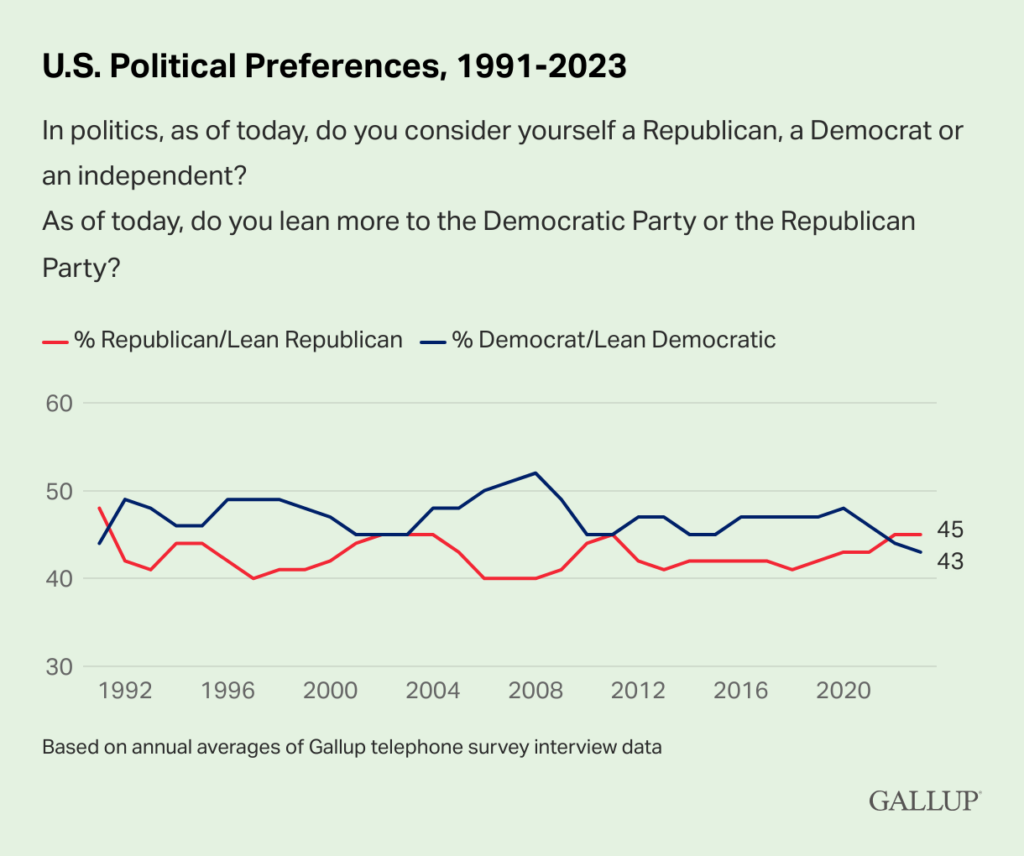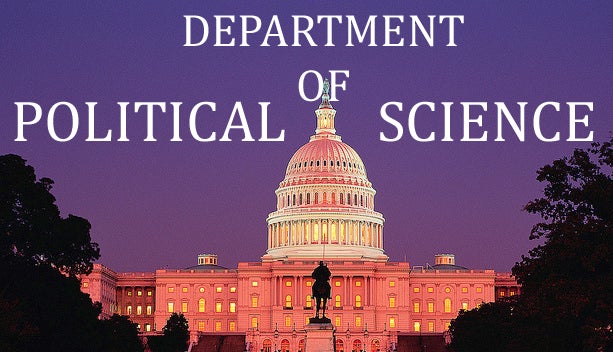“On April 3, 1948, President Harry S. Truman signs the Economic Assistance Act, which authorized the creation of a program that would help the nations of Europe recover and rebuild after the devastation wrought by World War II. Commonly known as the Marshall Plan, it aimed to stabilize Europe economically and politically so that European nations would not be tempted by the appeal of communist parties.”
Read more at History.com: https://bit.ly/43Lm1YJ








